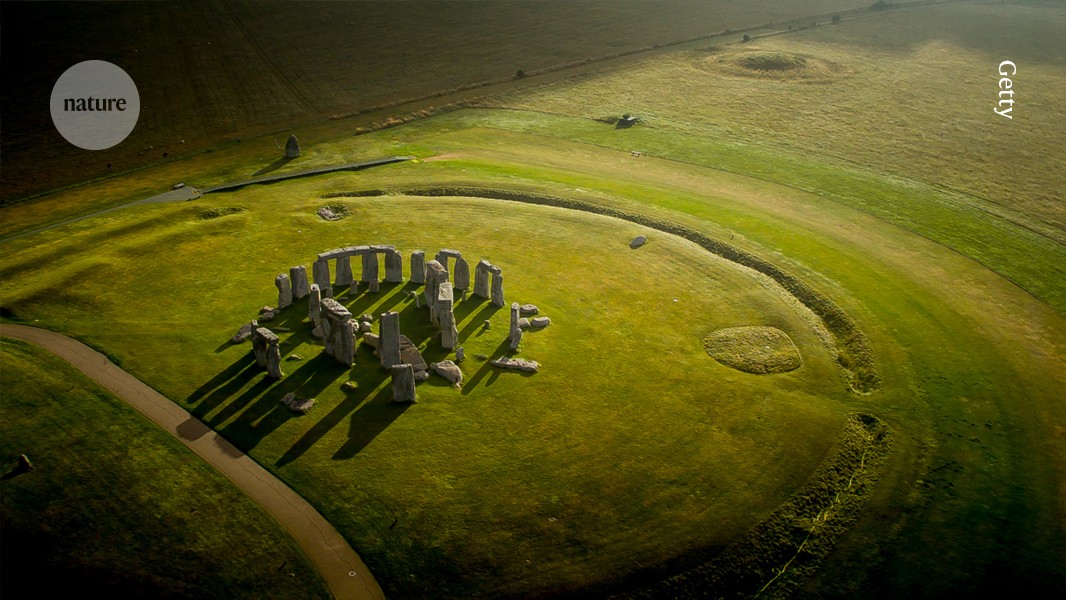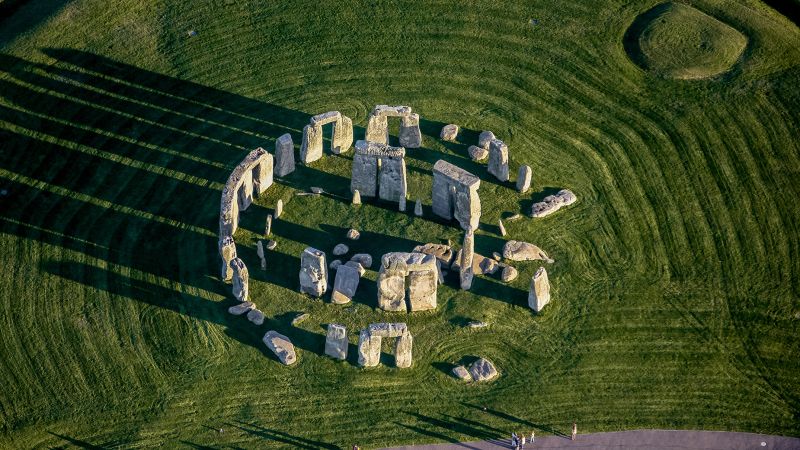Archaeological research has revealed a discovery that challenges assumptions about the origins of the Stonehenge megaliths. For over a century, it was believed that some of the stones used to construct the monument originated in Wales, having been transported around 125 miles (200 kilometers) to the Salisbury Plain in southern England.
A new study published in Nature has revealed that one of Stonehenge’s central megaliths known as the altar stone, actually originated from Scotland, more than 450 miles away from the monument’s location.

Also Read: Mars: Scientists Find Liquid Water Reservoir Under Martian Crust
The Altar Stone is a large, partially buried slab of sandstone located at the center of Stonehenge. Measuring approximately 5 meters by 1 meter and weighing around six tonnes, it is one of the largest bluestones at the site.
Named by seventeenth-century architect Inigo Jones, who noted its recumbent appearance. Its original placement and orientation remain unclear.
Researchers utilized geochemical analysis of zircon, rutile and apatite crystals extracted from the Altar Stone.
The crystals dated to one billion years old revealed that the Altar Stone originated from the Old Red Sandstone formations in the Orcadian Basin was located in northeastern Scotland and the Orkney Islands.
Zircon, rutile and apatite, which are nearly indestructible and serve as geological fingerprints. Approximately one billion years old originating from a time when Scotland was part of the Laurentian Shield, now eastern Canada.
The composition of the crystals matched Old Red Sandstones in Scotland but did not correspond to stones from England or Wales, thus confirming the Altar Stone’s Scottish origin.
The large upright stones about 30 in total have been traced to the Marlborough Downs, approximately 25 kilometers from Stonehenge.
Around 80 stones primarily sourced from the Mynydd Preseli mountains in western Wales. Previously there was speculation that it might have come from Wales, but findings confirm its Scottish origins.
Archaeologists have long known that Stonehenge’s smaller bluestones came from the Preseli Hills in Pembrokeshire, Wales.
These stones are distinct from the larger sarsen stones were believed to have been transported over 200 kilometers to Stonehenge. This view has been a cornerstone of Stonehenge research for more than a century.
The notion that Neolithic people could have transported such massive stones over such a distance has researchers for decades leading to various theories about how these ancient builders achieved this feat.
The altar stone has long puzzled researchers. While classified as a non-local bluestone, its exact origin remained uncertain.
For many years, it was assumed that the altar stone like the other bluestones originated from Wales.
Also Read: Genetic Legacy of Dinosaur Extinction in Modern Birds
The study involved a collaborative effort between experts from Curtin University in Australia, the University of Adelaide, Aberystwyth University and University College London (UCL).
Their objective was to determine the precise origin of the altar stone by analyzing its chemical composition and the age of the minerals within it.
The research utilized advanced techniques to create an age fingerprint of the sandstone, allowing the team to compare it with similar rocks across the UK.
The age fingerprint of the altar stone was a perfect match for rocks found in the Orcadian Basin in north-east Scotland.
The revelation that the altar stone originated from Scotland specifically from the area around present-day Inverness and potentially the Orkney islands has implications for our understanding of Neolithic Britain.
The distance between this region and Stonehenge is a 466 miles (750 kilometers), making it the longest known journey for any stone used in a monument from that period.
This discovery suggests that the Neolithic people who constructed Stonehenge had connections across the British Isles.
The study’s lead author, Anthony Clarke from Curtin University suggested that marine transport might have been a feasible option considering the major overland barriers between Scotland and Salisbury Plain.
Some experts including archaeologist and writer Mike Pitts argue that the stone was more likely transported overland.
Also Read: Horses Exhibit Strategic Thinking and Planning Abilities, Study Reveals
























